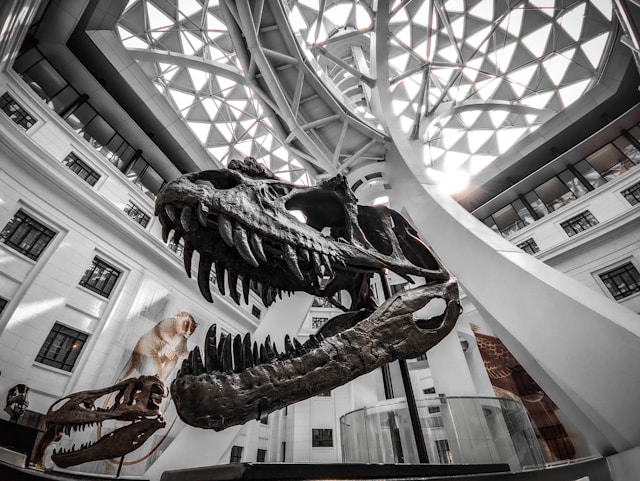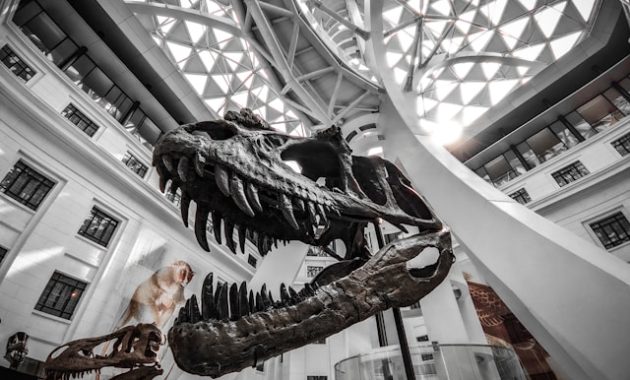
Manila, the bustling capital of the Philippines, is a city where history, culture, and art converge. Its rich and complex past, combined with its vibrant modern-day creativity, makes it an ideal destination for museum-goers and history buffs alike. Whether you’re interested in colonial-era artifacts, contemporary Filipino art, or war memorials, Manila’s museums offer something for everyone. In this guide, we explore some of the best museums in Manila that should be on every traveler’s itinerary.
1. National Museum Complex: A Journey Through Philippine Heritage
Located in the heart of the city, the National Museum Complex is a must-visit for anyone who wants to dive deep into the nation’s history, art, and natural heritage. It consists of several interconnected museums, each offering a unique insight into different aspects of Filipino culture.
National Museum of Fine Arts
Housed in a neoclassical building, the National Museum of Fine Arts is home to a vast collection of paintings, sculptures, and other works from the country’s greatest artists. The centerpiece of the museum is Juan Luna’s “Spoliarium,” a massive painting depicting Roman gladiators, which is often considered one of the greatest masterpieces of Filipino art. Other works from Félix Resurrección Hidalgo, Fernando Amorsolo, and Guillermo Tolentino further highlight the depth of talent in the Filipino art scene.
National Museum of Anthropology
For those interested in the history and cultural heritage of the indigenous peoples of the Philippines, the National Museum of Anthropology is the place to go. Exhibits here include tools, weapons, clothing, and other artifacts that showcase the diverse cultures of the Philippines’ many ethnic groups. The Ifugao Rice Terraces exhibit and the intricate Maranao and Tausug textiles are some of the highlights that reflect the country’s rich ethnic diversity.
National Museum of Natural History

The National Museum of Natural History offers an educational experience about the Philippines’ natural environment. From its unique biodiversity to its geology, this museum provides a look at the wonders of the country’s flora and fauna. The Lolong, the world’s largest preserved saltwater crocodile, is one of the museum’s main attractions.
2. Ayala Museum: A Blend of History and Contemporary Art
The Ayala Museum, located in the bustling business district of Makati, is a modern and sophisticated museum that offers a combination of history, culture, and art. The museum’s Diorama Experience is a crowd favorite, featuring 60 hand-crafted dioramas that depict pivotal moments in Philippine history, from the pre-Hispanic era to the present day.
In addition to the dioramas, the museum also houses a collection of pre-colonial gold, including intricate jewelry and religious artifacts that date back centuries. For art lovers, the museum offers rotating exhibitions of contemporary and traditional Filipino art, featuring both established and up-and-coming local artists. The Ayala Museum also regularly hosts workshops, lectures, and performances, making it a dynamic space for cultural exchange.
3. The Metropolitan Museum of Manila: Contemporary Art at Its Best
For those looking to explore contemporary art, the Metropolitan Museum of Manila, located along Roxas Boulevard, is a must-see. The museum focuses on promoting modern and contemporary Filipino visual art through both permanent and temporary exhibitions. With works that challenge social norms, explore national identity, and highlight the intricacies of modern Filipino life, the Met offers a fresh perspective on the evolving art scene in the country.
Additionally, the museum’s collection of international contemporary pieces provides a global context to local art movements, helping to create a dialogue between Filipino and global artists.
4. Intramuros Museums: Reliving Manila’s Colonial Past
No visit to Manila is complete without a tour of Intramuros, the walled city that served as the seat of Spanish colonial power in the Philippines for over 300 years. Here, you’ll find several museums that delve into this colonial past, providing a unique glimpse into the country’s history under Spanish rule.
San Agustin Museum
Located within the San Agustin Church, a UNESCO World Heritage Site, the San Agustin Museum offers visitors a look into the rich history of the Spanish colonial era. The museum houses religious artifacts, including centuries-old statues, manuscripts, and paintings. The intricate woodwork and baroque architecture of the church itself are just as impressive as the artifacts inside.
Casa Manila
A visit to Casa Manila is like stepping back in time. This museum is a faithful reproduction of an 19th-century Spanish colonial house. Each room is furnished with authentic period pieces, allowing visitors to experience what life was like for the wealthy families of Manila during the Spanish era. From antique furniture to paintings and ceramics, the attention to detail in Casa Manila makes it a truly immersive historical experience.
5. The Mind Museum: A World of Science and Wonder
For a more hands-on, educational experience, the Mind Museum in Bonifacio Global City offers an interactive approach to science and technology. While not strictly an art or history museum, the Mind Museum provides an enriching experience for both kids and adults. With exhibits ranging from biology to physics, and even a section on space exploration, this museum offers something for everyone.
Highlights include the Dinosaur Exhibit, which features life-sized replicas of prehistoric creatures, and the Space Adventure section, where visitors can learn about the cosmos. The museum also hosts workshops and special events aimed at fostering curiosity and learning in a fun and engaging environment.
6. Museo Pambata: A Museum for Young Explorers
If you’re traveling with children, the Museo Pambata is a must-visit. Located in Roxas Boulevard, this interactive museum is designed to engage young minds with hands-on exhibits. The museum’s themes focus on Filipino heritage, science, the environment, and children’s rights.
From the replica of a traditional Filipino village to exhibits on environmental conservation, the museum encourages children to learn while playing. It’s not just a museum visit; it’s an opportunity for the whole family to engage in meaningful activities.
Conclusion: Discover the Rich Tapestry of Manila’s Art and History
Manila’s museums offer a diverse and enriching experience that reflects the nation’s complex history and vibrant culture. From world-class art collections to historical dioramas and hands-on science exhibits, there’s something for everyone in this thriving capital city. Whether you’re a history buff, an art enthusiast, or a curious traveler, the museums of Manila should definitely be on your itinerary.